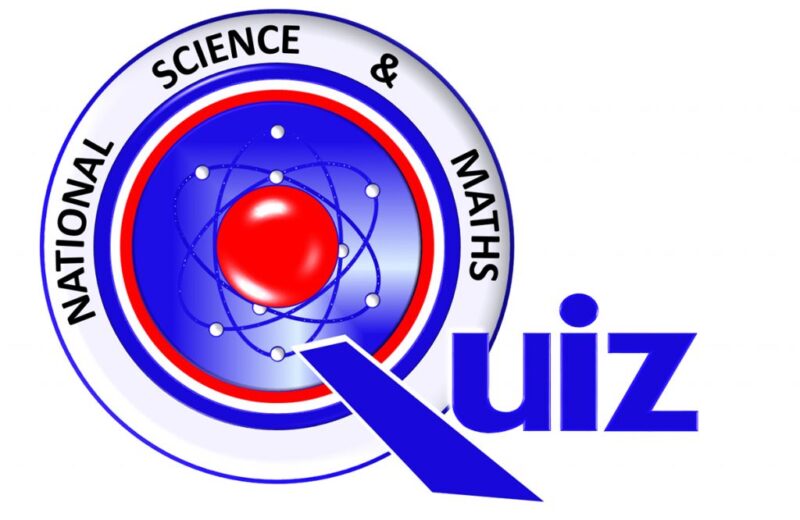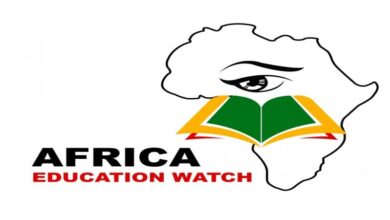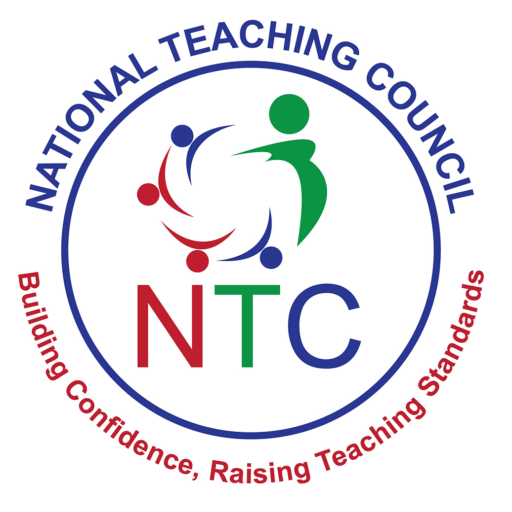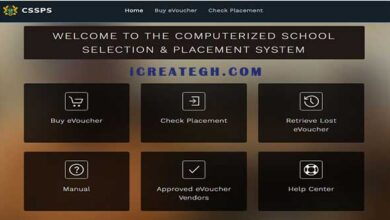2022 GES Staff ID List for Newly Recruited Teachers

2022 GES Staff ID List for newly recruited teachers has been made available for all regions. In GES, to be placed on Government payroll, one needs a valid staff ID to be able to be captured into the system. This necessitated GES to release the 2022 GES Staff ID list officially as well as the biometric registration list for the newly recruited teachers.
All newly recruited teachers to note that the registration will be done in groups and as such, you need to check the date for your region first before coming to the GNAT hall in your respective regions.
Guides in Checking GES staff 2022 ID for Newly Recruited Teachers
- Download the excel file containing the list of GES staff ID below.
- Search for your name in the list. This can be done by pressing “Ctrl + F” which will display the search dialog box.
- Type your name and continue to click on Find Next until you find your name.
Read on: NUGS To Partner CITI TV on The NUGS Special Project to Support Basic School Infrastructure
GES Staff 2022 ID List
The list represents that of Ashanti Region, Central Region, Western Region, Volta Region, Oti Region, Eastern Region, Bono East Region, Greater Accra Region, Upper East Region, Upper West Region, Bono Region, Northern Region, Savanna Region, Ahafo Region, Western-North Region and North East Region.
Note that we will keep updating the list as to when they are ready.
GES Staff ID for Ashanti Region Download
GES Staff ID for Central Region Download
GES Staff ID for Western Region Download
GES Staff ID for Volta Region Download
GES Staff ID for Oti Region Download
GES Staff ID for Eastern Region Download
GES Staff ID for Bono East Region Download
GES Staff ID for Greater Accra Region Download
GES Staff ID for Upper East Region Download
GES Staff ID for Upper West Region Download
GES Staff ID for Bono Region Download
GES Staff ID for Bawku West Download
CHECK: Check GES Biometric Registration Centers, Venue and Date
Recommended:
- APTITUDE TEST QUESTIONS AND ANSWERS FOR ALL RANKS PS, AD2 , AD1 AND DD 2022
- How to use the internet responsibly | Learn with ease on the internet
- How to Pass any Exams with Ease
- Why Students Fail Examination
- Elective ICT trial Questions
- NSMQ Regional Qualified Schools, Dates and Points 2022
- Updates Here: WAEC Finally Releases BECE Time Table 2022 – icreategh.com
Please if you are on any of our WhatsApp platforms, do not join this one.
Join our Discussion Forum below.
<<< CLICK HERE TO JOIN OUR WHATSAPP GROUP >>>
<<< CLICK HERE TO JOIN STUDENTS FORUM ON WHATSAPP >>>
<<< CLICK HERE TO JOIN OUR TEACHERS PORTAL GH ON TELEGRAM >>>
Please don’t forget to share this post. Click on the WhatsApp, Facebook, Twitter, Instagram button below to share the post.




